As Chinese designers are worn by Rihanna and Blackpink’s Lisa, and tapped by brands from Fitbit to Vacheron Constantin, it’s clear global fashion has a new force to reckon with

For many years, Chinese fashion has been copying the West, but we’ve now developed our own ecosystem and rules ... Designers no longer have this kind of baggage ... and are free to express their vision and identit
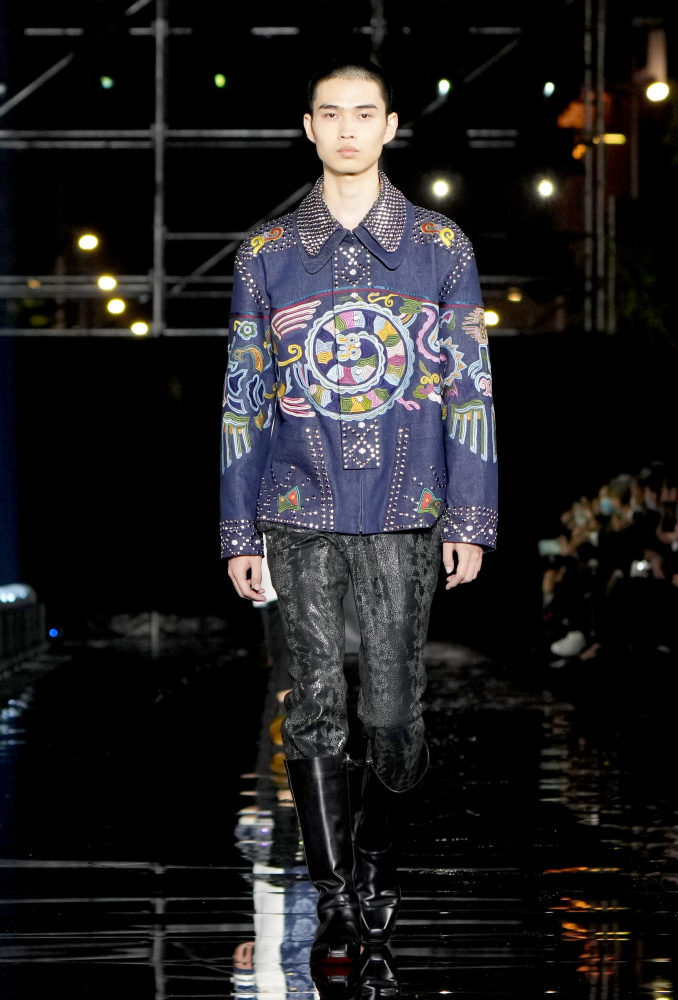
Back in 2018, the now-25-year-old Qiu Shuting’s designs won VFiles Runway 10 and subsequently appeared on the cover of Mando-pop superstar Jolin Tsai’s latest album, all while still a student at the Royal Academy of Fine Arts Antwerp, one of the fashion industry’s most prestigious schools.
The best and worst dressed celebrities at the Met Gala 2021
Meanwhile, 30-year-old Chen Peng’s puffer jackets made it onto the backs of Rhianna, Pink and Lady Gaga just two years after his debut, and the Jiangxi-born fashion maven also stood out from 16 finalists to win the first Yu Prize, announced during Shanghai Fashion Week in April. And then there’s 29-year-old Chen Xuzhi – Daniel to his English-speaking buyers – who made the shortlist for the LVMH Prize and the International Woolmark Prize in 2016, only a year after founding his label.

Noticing a theme? Young, mainland Chinese designers are kicking up a storm, and not just at fashion’s bleeding edge. There’s (much) more: 30-year-old Angel Chen’s signature bold colours were injected into Canada Goose jackets and made her H&M’s first-ever Chinese collaborator. More? Vacheron Constantin named 36-year-old Yin Yiqing as its latest ambassador; Onitsuka Tiger joined hands with Shenzhen-born Zhou Shimo’s menswear label Staffonly; Fitbit enlisted vibrant knitwear brand PH5 founded by Chinese duo Lin Wei and Zhang Mijia ... the list goes on.
6 womenswear trends for autumn/winter 2021 – are the Roaring Twenties back?
This new wave of designers rides on the success of veterans Uma Wang and Guo Pei a decade ago, as the country continues to scrape off the stigmatic label “Made in China” – taken often to mean cheaply made counterfeits – to a more complementary “Created in China”.
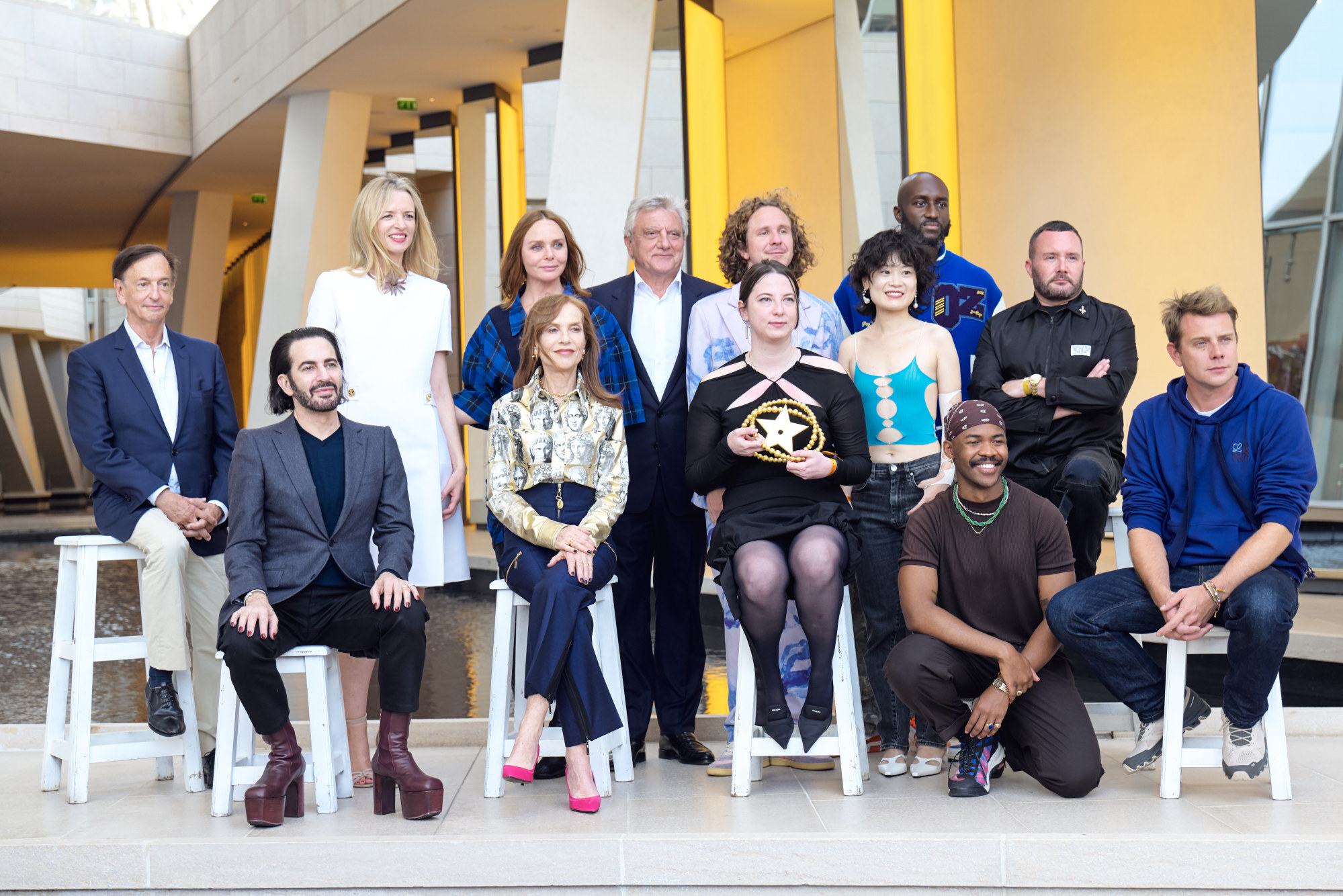
Compared to forerunners Wang and Guo, these young minds are daringly bold – in terms of both design and ideology – in order to speak to a rising young affluent segment. They aren’t afraid to challenge taboos in a country that prides itself on traditions; they care about sustainability. But the most notable difference, says Shanghai-based fashion curator Pooky Lee, is a more subtle expression of their cultural heritage compared to previously grand, superficial strokes prominent in the 90s works of Vivienne Tam, or Guo Pei in the early 21st century.
Blackpink’s 5 best looks at Paris Fashion Week
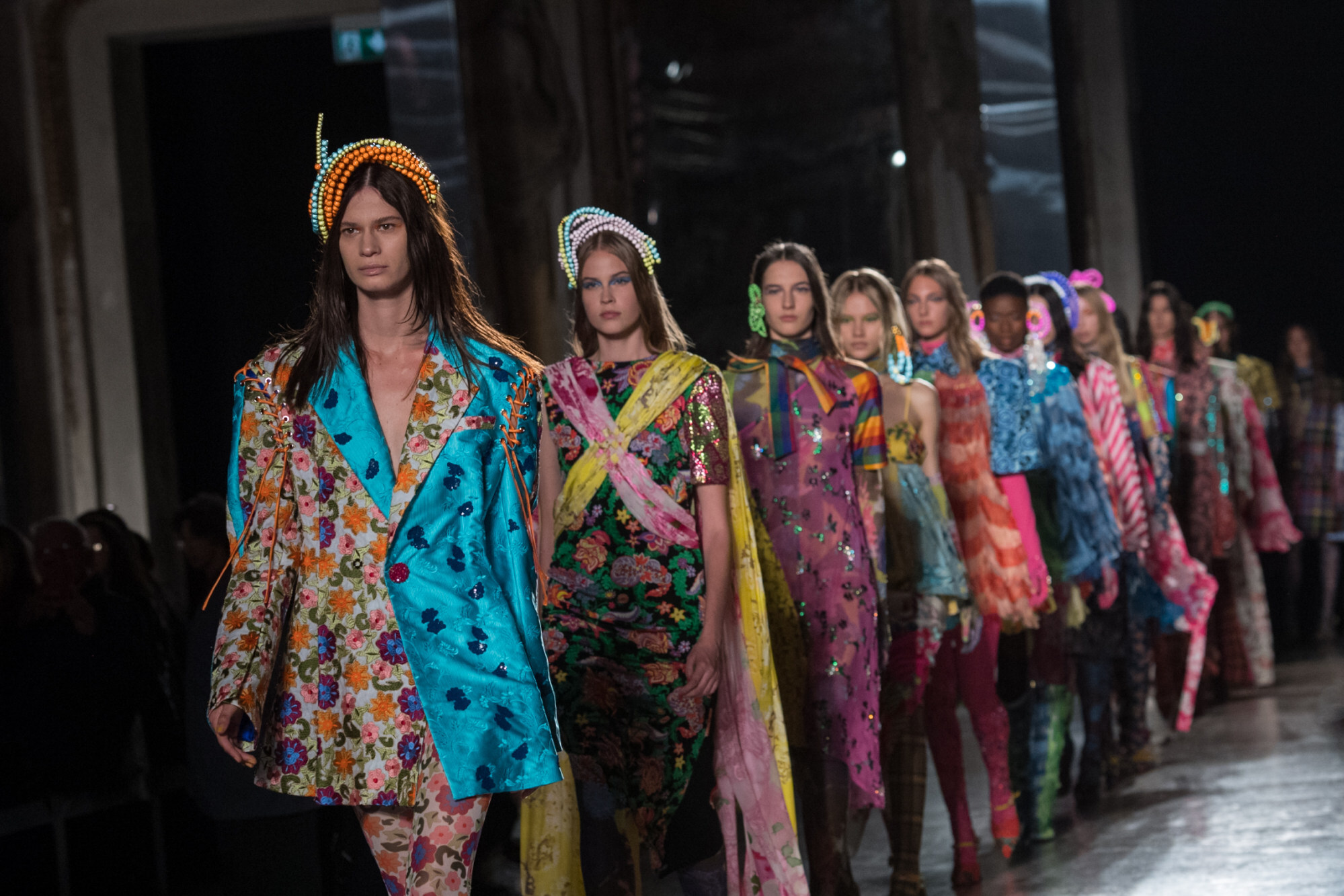
Lee attributes this shift to a more mature audience who have witnessed China’s step up onto global runways and the re-injection of young design talent returning to the motherland with Western education and training.
“For many years, Chinese fashion has been copying the West, but we’ve now developed our own ecosystem and rules,” he says. “Patriarchy is no longer reflected on a superficial level, but in more subtle ways that only people who’ve lived and grown up here could understand. Designers no longer have this kind of baggage to make something ‘very Chinese’ but are free to express their vision and identity. This is the way these young designers can speak to both local and international audiences.”
How did Jung Ho-yeon’s modelling inspire her Squid Game performance?
Qiu Shuting is a prime example, famously known to take after the Antwerp Six as well as artists like Natalia Goncharova and Miriam Cahn. Worldly details from Scottish quilts, the Sahara Desert and the South Indian dance kathakali can be seen in her designs: but look closer and see silk, a major export from her homeland of Hangzhou, take centre stage.
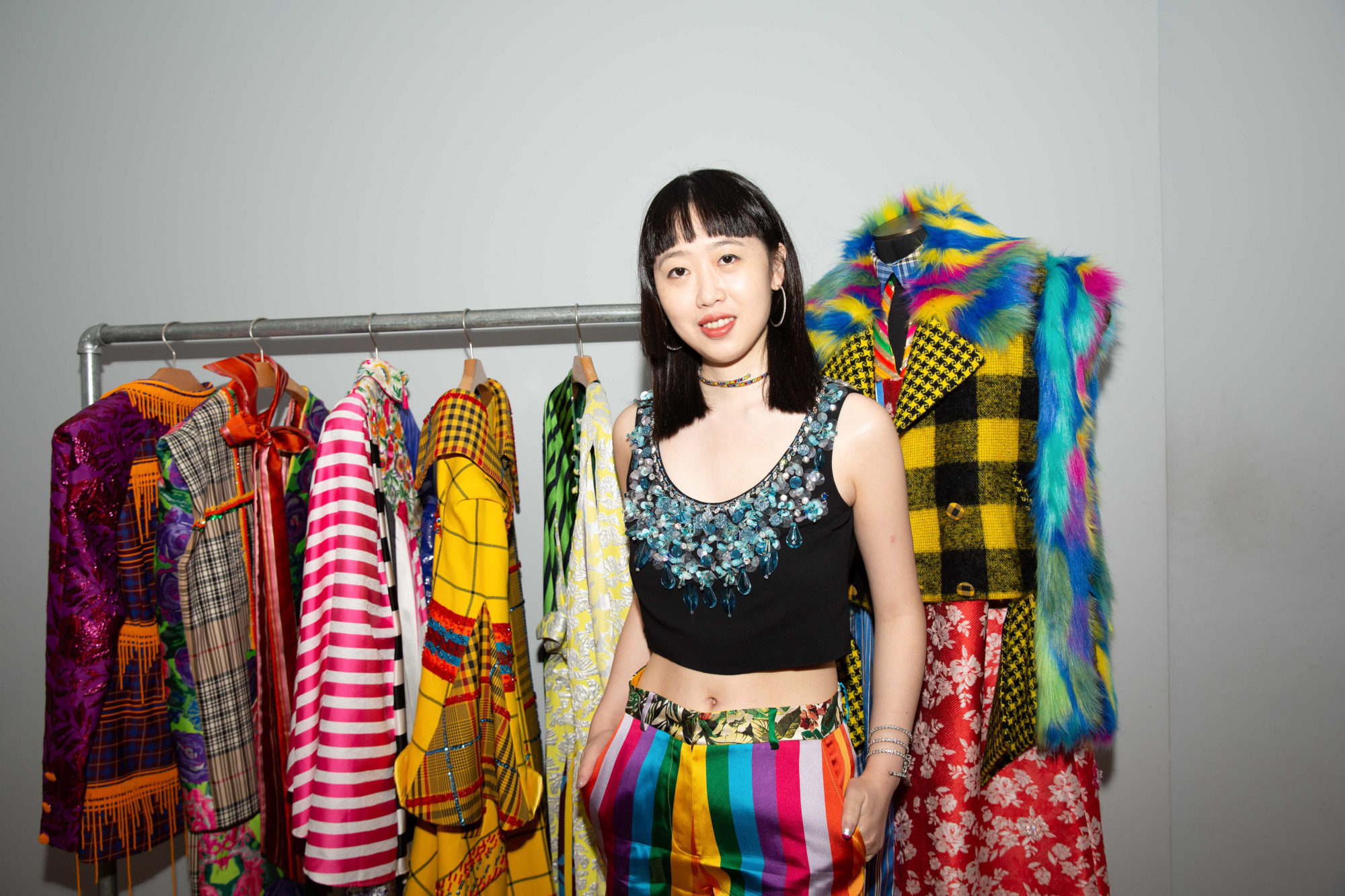
Meanwhile, Daniel Chen, who grew up in industrial Shenzhen, weaves memories of his grandma knitting jumpers over Lunar New Year into formidable textiles that fashion consultant Julie Gilhart praised as uniquely Chinese. Since his debut in 2015, his work has explored gender fluidity in womenswear, and in 2019, menswear too.
“We empower people to look romantic through embroideries and delicate fabrics – typically feminine details – so they can be in touch with their vulnerable side and express themselves freely,” says Daniel. “The subject of gender is becoming less of a stigma among millennials as we toggle between generations past and future.
Fashion isn’t just about function – it’s a reflection of spiritual enlightenment, aesthetics, and our place in the world
“The West and East do not shape you: your experiences do. I grew up in a different China and was exposed to foreign cultures at a very early age, but my clothes still carry those same emotions I felt when I saw my grandma doing needlework over the holidays.”
This freedom of expression mixed with Chinese tradition has birthed the likes of Qi Yueqi, whose knitwear explores the practice of ghost marriage – a controversial custom where one or two deceased parties wed to ensure progeny in the family – as well as Chen Peng, who has infused principles of pottery-making famous in his hometown of Jingdezhen, Jiangxi, into signature goose down jackets. Free-size, fit for any gender, age and body shape, for a chic night out or a day on the piste, these jackets are his rebellion against the fashion industry’s fetish for thin bodies.
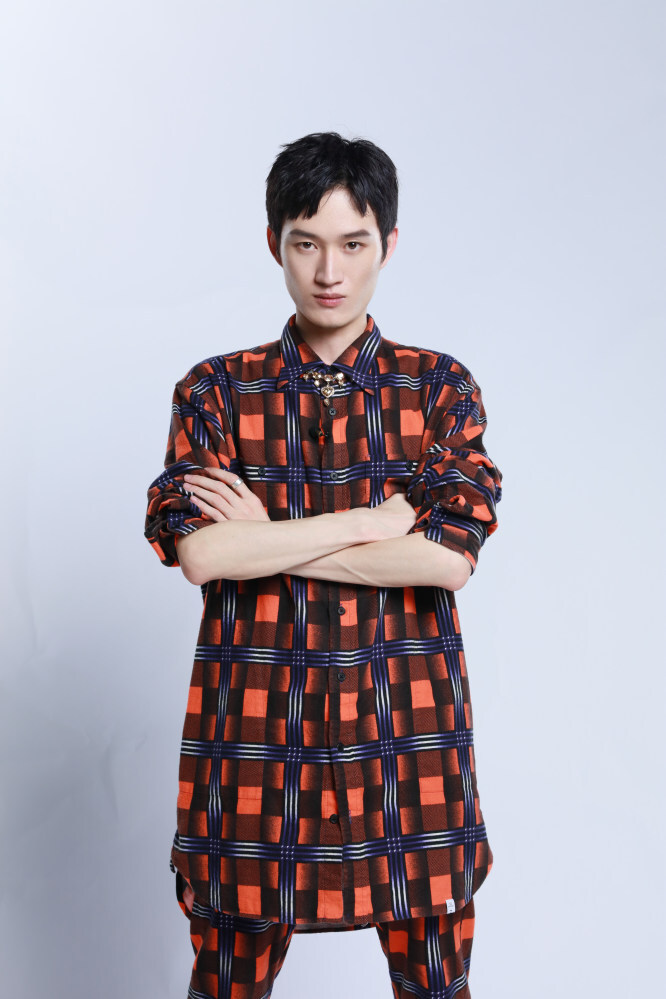
“Millennials want to express their personalities and differentiate themselves,” says Chen.
“People today do not care about the brand or whether it’s from a Western or Chinese designer: they choose their style, their ideas. Fashion isn’t just about function – it’s a reflection of spiritual enlightenment, aesthetics, and our place in the world. We may speak to a niche market but we’re not afraid of failure, we’re afraid of being forgotten.”
Despite national efforts to counter the reputation of “Chinese-made”, Pooky Lee says it’s inappropriate to separate “Created in China” from “Made in China”.
The idea that China is the factory of the world is crucial to fashion, which cannot thrive by good design alone
“The idea that China is the factory of the world is crucial to fashion, which cannot thrive by good design alone but relies on our country’s good production lines, efficient business models and a thorough understanding of the textile industry.
“These young designers are successful not just because of their education from reputable institutions overseas, but also their upbringing around traditional crafts plus China’s colourful history and culture,” he says. “We need to encourage creativity and individuality, but we cannot talk about this without mentioning the importance of ‘Made in China’ in the first place.”
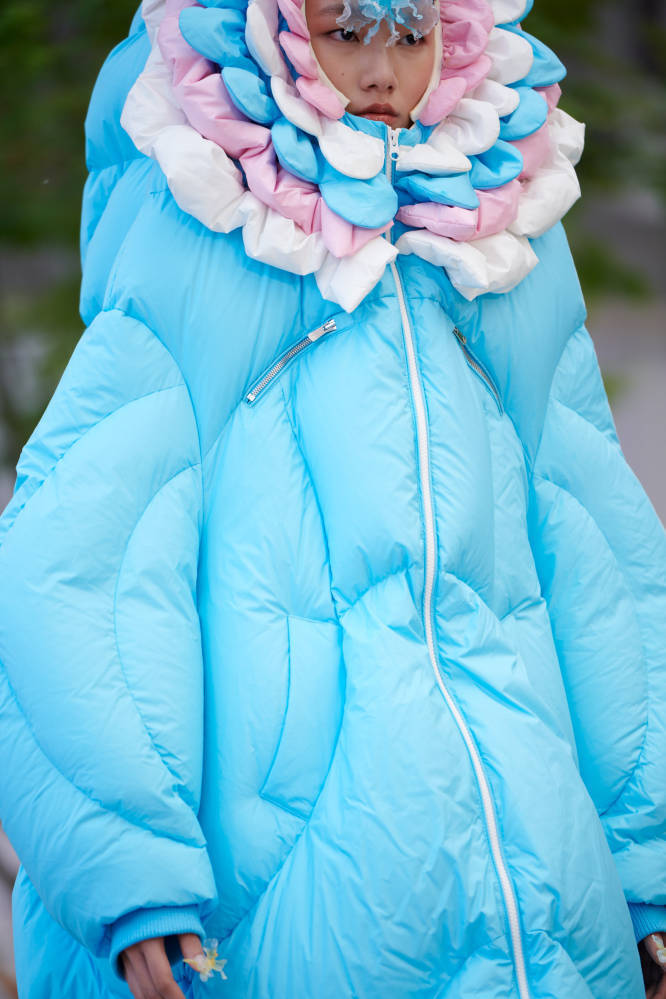
The country’s strengths in supporting emerging designers are precisely why Qiu returned home immediately after her graduation in Antwerp, in 2019, despite most her buyers being in London and France. Others like Daniel Chen and Chen Peng soon followed, enjoying China’s thriving economy amid a global pandemic.
Inside luxury fashion’s long-overdue reckoning with sustainability
“Being a fashion designer is so much easier here, not just in production but for me, but I also feel pride, recognition and confidence about creating in China for the rest of the world,” says Qiu. “I am proud to be Chinese.”

- Shanghai-based Zhou Rui’s clothes have been worn by Blackpink’s Lisa and Dua Lipa, while Daniel Chen Xuzhi was shortlisted for the International Woolmark Prize
- Rihanna, Pink and Lady Gaga wore Chen Peng’s puffer jackets and the Jiangxi-born designer won the first Yu Prize, announced during Shanghai Fashion Week